Spooky Health Myths: Fact or Fiction

As the sun sets on summer, the beauty of autumn has arrived and we prepare to embrace the upcoming winter, along with the dark evenings our attention turns to the challenges looming in our healthcare system… As we give our all to the job and our patients, we still face subpar quality and patient safety, inadequate persons centred care, inadequate staffing levels, a misplaced focus on acute care rather than on prevention and population health and unsustainable costs. A constant promise for considerable change, improvement and transformation within our health system… Cheerless magazine headlines like “Bleak Winter ahead as trolley numbers soar”. It’s exhausting! So, we decided to try lighten the mood this Halloween and look at some ‘Spooky Health Myths’ we all constantly hear about...
"The Flu Vaccine Gives You the Flu" - FICTION
This is an extremely common one and as Nurses we hear this one ALL the time… We as a cohort of healthcare professionals are probably one of the worst for actually going to get our flu vaccines, with this being used as an excuse. The flu vaccine is NOT a live vaccine therefore it cannot cause an active flu infection. It is however true that some people may experience mild side effects such as low-grade temperature or soreness at the injection site. These side effects are typically mild and temporary. What might lead to the misconception is the timing of some of these side effects, which can overlap with the flu season. In reality, these side effects are your body's immune response to the vaccine, building protection against the influenza virus.
It really is essential to get a flu vaccine each year, it is one of the most effective ways for us to protect ourselves, our significant others and importantly our patients from the flu, which can be a serious and sometimes life-threatening illness, particularly for certain high-risk groups like the elderly, young children, and individuals with weakened immune systems.
“Reading in the Dark Will Ruin Your Eyesight” – FACT & FICTION
We’re 50 /50 on this one! According to our research reading in low light conditions or in the dark itself won't ruin your eyesight, but it can cause eye strain and discomfort. The notion that reading in the dark can damage your eyesight is a common misconception. However, here's what you should know:
Eye Strain: Reading in low light can lead to eye strain and fatigue, causing symptoms like dryness, blurred vision, headaches, and difficulty focusing. While these symptoms can be uncomfortable, they do not lead to permanent eye damage.
Temporary Effects: The discomfort from reading in the dark is temporary and can be alleviated by taking breaks, adjusting the lighting, or using appropriate eyeglasses if needed.
Long-term Risks: Prolonged and chronic eye strain from reading in inadequate lighting conditions may contribute to the development of myopia (near-sightedness) in some cases. It's not the darkness itself that's the problem but the effort your eyes have to exert to see clearly in such conditions.
To protect your eye health while reading (especially exciting pieces like this) it’s best to have adequate lighting that is evenly distributed to reduce glare and shadows. Using a reading lamp or sitting near a well-lit area can significantly reduce eye strain and discomfort. If you already wear corrective lenses, make sure your prescription is up to date, as having the correct eyeglasses can help reduce eye strain.
“Cracking Your Joints Causes Arthritis” – FICTION
Cracking your joints does not cause arthritis. This is a common misconception, but research has not shown a connection between joint cracking and the development of arthritis. Joint cracking is often associated with the release of gas bubbles in the synovial fluid within the joint, and it's generally considered harmless.
Arthritis is a complex medical condition that involves inflammation and damage to the joint's cartilage and surrounding structures. It can have various causes, including genetic factors, age, injury, and autoimmune issues. Joint cracking, on the other hand, is typically caused by changes in joint pressure, and it doesn't lead to the development of arthritis.
While it's generally not harmful, excessive or forceful joint cracking can potentially lead to joint instability or injury, so it's advisable not to engage in this habit excessively. If you have concerns about your joint health or are experiencing joint pain, it's best to consult with a healthcare professional for a proper evaluation and advice.
“You Can Sweat Out Toxins” – FACT (ish)
Sweating is one of the ways your body naturally eliminates waste products and some toxins. When you sweat, your sweat glands release fluids that contain various substances, including small amounts of waste products, like urea and ammonia, and some heavy metals and potentially certain environmental toxins. However, the role of sweating in detoxification is limited, and it is not a comprehensive or highly effective method for removing most toxins from your body. The primary organs responsible for detoxifying and removing toxins from your body are the liver and kidneys. These organs process and eliminate a wide range of harmful substances and waste products, and they are much more effective at this task than sweating alone.
The best ways to support your body's natural detoxification processes are to maintain a healthy lifestyle with a balanced diet, proper hydration, regular exercise, and avoidance of excessive exposure to harmful substances. If you have concerns about exposure to specific toxins or heavy metals, it's important to consult a healthcare professional for guidance on appropriate testing and detoxification strategies.
“Drinking Alcohol Can Warm You Up” – FICTION
Coming into those cold and crisp winter days where we at Pulse Point love to go to Christmas Markets and possibly indulge in a mulled wine while browsing the stalls… we asked does drinking alcohol actually warm you up? The answer drinking alcohol may give you a sensation of warmth, but it doesn't actually raise your core body temperature. What's happening is that alcohol can cause vasodilation, which is the widening of blood vessels, particularly those close to the skin. This can lead to increased blood flow to the skin, making you feel warmer and giving the impression of being "warmed up”. The perception of warmth can occur even when you consume alcohol in cold environments, which is why some people might mistakenly believe that alcohol warms you up. However, this effect is deceptive because while you may feel warmer on the skin's surface, your body is actually losing heat more rapidly. As a result, consuming alcohol in a cold environment can increase the risk of hypothermia because it impairs your body's ability to regulate its core temperature.
It's important to note that the sensation of warmth from alcohol does not equate to true heat generation, and relying on alcohol to keep warm in cold conditions is not a safe or effective strategy. It's always better to use proper clothing and shelter to maintain body temperature when exposed to cold weather. Additionally, excessive alcohol consumption can lead to various health risks, so moderation is essential (for information or support about alcohol misuse visit Drink Aware).
Turns out those health myths were all dressed up with nowhere to go because they were about as spooky as a kitten in a Halloween costume— adorable but not truly scary! 🎃😄
Thanks for reading, if you have any questions or anything to add we'd love to hear from you, so subscribe, comment below or get in touch on replypulsepoints@gmail.com

Member discussion